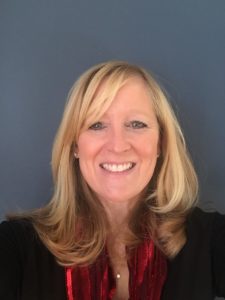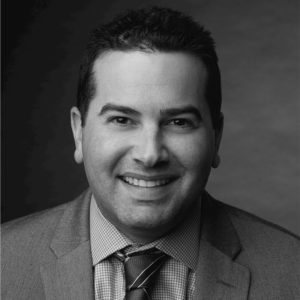
Occasional hurricanes, Nor’easters and infectious diseases are just a few of the situations that have kicked disaster response into high gear for SALMON Health & Retirement, a senior living community with eight facilities across Massachusetts. While the pandemic has been at the center of our emergency response for over a year, 60 years’ experience in the community has taught us that you never know what will walk through the door.
That mentality encouraged us to check in on disaster-response plans regularly to ensure we were prepared operationally and clinically. A trusted vendor partner was essential to those efforts.
Here is how we worked together to mitigate supply chain risk during COVID-19.
We got cautiously creative
There are many aspects to disaster preparedness, but access to critical supplies and personal protective equipment was a significant challenge over the past year. Without proper PPE, supporting our mission at SALMON of providing high-quality senior care across the Northeast would be impossible. Like most other healthcare providers, we had to get creative with sourcing products that remained within CDC guidelines.

Medline helped SALMON source various alternatives for some PPE, but other times we also leveraged relationships with companies outside of healthcare, like a mosquito-control vendor that sold us face shields, as well as a tailor that hand sewed 5,000 gowns for our staff.
However, as PPE became difficult to obtain, the healthcare industry began to hear reports of counterfeit PPE within the supply chain. We proactively went through each item of PPE, tens of thousands of units, to ensure each piece that was to be used met CDC standards. Our system to keep out counterfeit PPE was labor intensive, but it helped provide our staff additional peace of mind knowing our PPE was meeting CDC guidelines for safety.
We kept staff in the loop
Employees are any organization’s most important asset, so it’s vital to keep them informed and be transparent about any issues around PPE. With 1,600 employees serving thousands of residents, that was not always easy.
Our team discussed PPE utilization and safety each morning to assess and predict PPE usage per building. If campuses were running low, a system of communication was developed so they could borrow from each other, or request from our own newly founded “central supply” PPE closet for deliveries that took place seven days a week, at any time of day, to ensure staff had what they needed to work safely.
Staff openly shared their worries about working during the pandemic, so our communication goal became very clear: to ensure our staff that everything possible was being done to provide valid PPE at all times. It was an uneasy time for all, and we started educating at the ground level, as even our typical brands/packaging of PPE changed from routine orders to newly sourced vendors. We had to get the message out that although needed items might look a little different, everything being issued met CDC guidelines for safety.
Healthcare administrators across the continuum of care are carefully assessing their PPE supply needs to help plan for the next health emergency. While most nursing homes do not typically use the same high levels of PPE as hospitals —nor can they physically store a large amount of inventory in case of a future emergency — it is critical to be able to forecast, store and allocate supplies.
The year 2020 reiterated the importance of building resiliency to successfully plan for future emergencies. It is critical for organizations to embrace new thinking around freeing up inventory space.
Some of Medline’s post-acute care customers are exploring disaster-preparedness options to be better prepared in case another emergency strikes. Medline is starting to build out a Customer Emergency Response Tool and is now storing more than 20,000 pallets of customer-owned product in its distribution network.
While the pandemic has certainly challenged healthcare providers’ entire operations, there’s tremendous opportunity to evolve strategies that can help an organization build resilience and help plan for future emergencies that may result in supply shortages.
Brad Mariam is senior vice president of Medline’s post-acute care division. Kim Salmon is director of rehabilitation at SALMON Health and Retirement.




